HSBC 2010 Annual Report Download - page 107
Download and view the complete annual report
Please find page 107 of the 2010 HSBC annual report below. You can navigate through the pages in the report by either clicking on the pages listed below, or by using the keyword search tool below to find specific information within the annual report.-
 1
1 -
 2
2 -
 3
3 -
 4
4 -
 5
5 -
 6
6 -
 7
7 -
 8
8 -
 9
9 -
 10
10 -
 11
11 -
 12
12 -
 13
13 -
 14
14 -
 15
15 -
 16
16 -
 17
17 -
 18
18 -
 19
19 -
 20
20 -
 21
21 -
 22
22 -
 23
23 -
 24
24 -
 25
25 -
 26
26 -
 27
27 -
 28
28 -
 29
29 -
 30
30 -
 31
31 -
 32
32 -
 33
33 -
 34
34 -
 35
35 -
 36
36 -
 37
37 -
 38
38 -
 39
39 -
 40
40 -
 41
41 -
 42
42 -
 43
43 -
 44
44 -
 45
45 -
 46
46 -
 47
47 -
 48
48 -
 49
49 -
 50
50 -
 51
51 -
 52
52 -
 53
53 -
 54
54 -
 55
55 -
 56
56 -
 57
57 -
 58
58 -
 59
59 -
 60
60 -
 61
61 -
 62
62 -
 63
63 -
 64
64 -
 65
65 -
 66
66 -
 67
67 -
 68
68 -
 69
69 -
 70
70 -
 71
71 -
 72
72 -
 73
73 -
 74
74 -
 75
75 -
 76
76 -
 77
77 -
 78
78 -
 79
79 -
 80
80 -
 81
81 -
 82
82 -
 83
83 -
 84
84 -
 85
85 -
 86
86 -
 87
87 -
 88
88 -
 89
89 -
 90
90 -
 91
91 -
 92
92 -
 93
93 -
 94
94 -
 95
95 -
 96
96 -
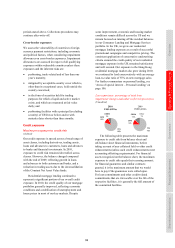 97
97 -
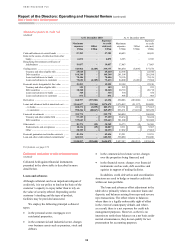 98
98 -
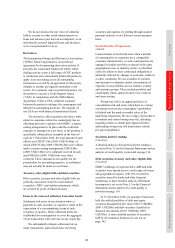 99
99 -
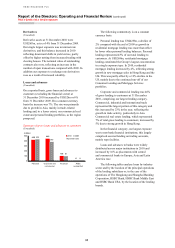 100
100 -
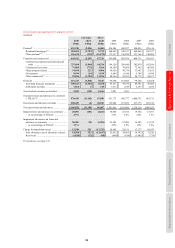 101
101 -
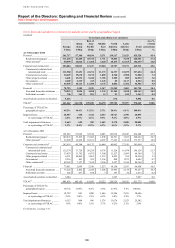 102
102 -
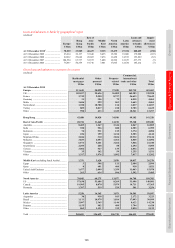 103
103 -
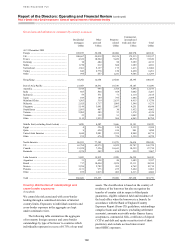 104
104 -
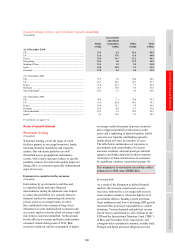 105
105 -
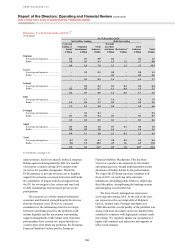 106
106 -
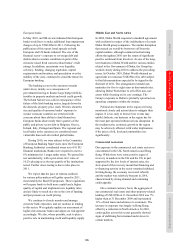 107
107 -
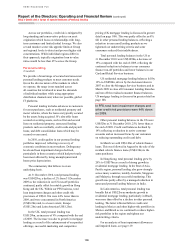 108
108 -
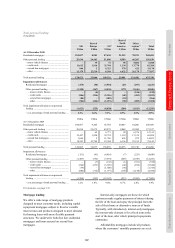 109
109 -
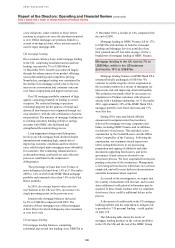 110
110 -
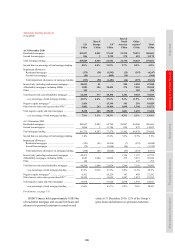 111
111 -
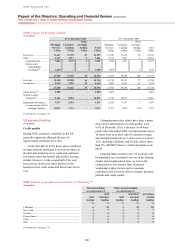 112
112 -
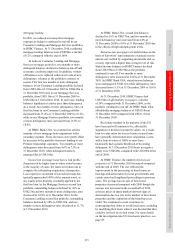 113
113 -
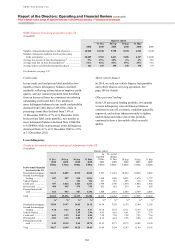 114
114 -
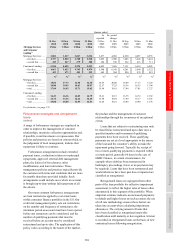 115
115 -
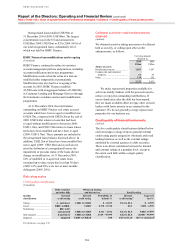 116
116 -
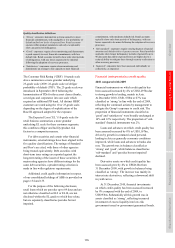 117
117 -
 118
118 -
 119
119 -
 120
120 -
 121
121 -
 122
122 -
 123
123 -
 124
124 -
 125
125 -
 126
126 -
 127
127 -
 128
128 -
 129
129 -
 130
130 -
 131
131 -
 132
132 -
 133
133 -
 134
134 -
 135
135 -
 136
136 -
 137
137 -
 138
138 -
 139
139 -
 140
140 -
 141
141 -
 142
142 -
 143
143 -
 144
144 -
 145
145 -
 146
146 -
 147
147 -
 148
148 -
 149
149 -
 150
150 -
 151
151 -
 152
152 -
 153
153 -
 154
154 -
 155
155 -
 156
156 -
 157
157 -
 158
158 -
 159
159 -
 160
160 -
 161
161 -
 162
162 -
 163
163 -
 164
164 -
 165
165 -
 166
166 -
 167
167 -
 168
168 -
 169
169 -
 170
170 -
 171
171 -
 172
172 -
 173
173 -
 174
174 -
 175
175 -
 176
176 -
 177
177 -
 178
178 -
 179
179 -
 180
180 -
 181
181 -
 182
182 -
 183
183 -
 184
184 -
 185
185 -
 186
186 -
 187
187 -
 188
188 -
 189
189 -
 190
190 -
 191
191 -
 192
192 -
 193
193 -
 194
194 -
 195
195 -
 196
196 -
 197
197 -
 198
198 -
 199
199 -
 200
200 -
 201
201 -
 202
202 -
 203
203 -
 204
204 -
 205
205 -
 206
206 -
 207
207 -
 208
208 -
 209
209 -
 210
210 -
 211
211 -
 212
212 -
 213
213 -
 214
214 -
 215
215 -
 216
216 -
 217
217 -
 218
218 -
 219
219 -
 220
220 -
 221
221 -
 222
222 -
 223
223 -
 224
224 -
 225
225 -
 226
226 -
 227
227 -
 228
228 -
 229
229 -
 230
230 -
 231
231 -
 232
232 -
 233
233 -
 234
234 -
 235
235 -
 236
236 -
 237
237 -
 238
238 -
 239
239 -
 240
240 -
 241
241 -
 242
242 -
 243
243 -
 244
244 -
 245
245 -
 246
246 -
 247
247 -
 248
248 -
 249
249 -
 250
250 -
 251
251 -
 252
252 -
 253
253 -
 254
254 -
 255
255 -
 256
256 -
 257
257 -
 258
258 -
 259
259 -
 260
260 -
 261
261 -
 262
262 -
 263
263 -
 264
264 -
 265
265 -
 266
266 -
 267
267 -
 268
268 -
 269
269 -
 270
270 -
 271
271 -
 272
272 -
 273
273 -
 274
274 -
 275
275 -
 276
276 -
 277
277 -
 278
278 -
 279
279 -
 280
280 -
 281
281 -
 282
282 -
 283
283 -
 284
284 -
 285
285 -
 286
286 -
 287
287 -
 288
288 -
 289
289 -
 290
290 -
 291
291 -
 292
292 -
 293
293 -
 294
294 -
 295
295 -
 296
296 -
 297
297 -
 298
298 -
 299
299 -
 300
300 -
 301
301 -
 302
302 -
 303
303 -
 304
304 -
 305
305 -
 306
306 -
 307
307 -
 308
308 -
 309
309 -
 310
310 -
 311
311 -
 312
312 -
 313
313 -
 314
314 -
 315
315 -
 316
316 -
 317
317 -
 318
318 -
 319
319 -
 320
320 -
 321
321 -
 322
322 -
 323
323 -
 324
324 -
 325
325 -
 326
326 -
 327
327 -
 328
328 -
 329
329 -
 330
330 -
 331
331 -
 332
332 -
 333
333 -
 334
334 -
 335
335 -
 336
336 -
 337
337 -
 338
338 -
 339
339 -
 340
340 -
 341
341 -
 342
342 -
 343
343 -
 344
344 -
 345
345 -
 346
346 -
 347
347 -
 348
348 -
 349
349 -
 350
350 -
 351
351 -
 352
352 -
 353
353 -
 354
354 -
 355
355 -
 356
356 -
 357
357 -
 358
358 -
 359
359 -
 360
360 -
 361
361 -
 362
362 -
 363
363 -
 364
364 -
 365
365 -
 366
366 -
 367
367 -
 368
368 -
 369
369 -
 370
370 -
 371
371 -
 372
372 -
 373
373 -
 374
374 -
 375
375 -
 376
376 -
 377
377 -
 378
378 -
 379
379 -
 380
380 -
 381
381 -
 382
382 -
 383
383 -
 384
384 -
 385
385 -
 386
386 -
 387
387 -
 388
388 -
 389
389 -
 390
390 -
 391
391 -
 392
392 -
 393
393 -
 394
394 -
 395
395 -
 396
396
 |
 |

105
Overview Operating & Financial Review Governance Financial Statements Shareholder Information
European banks
In May 2010, an FSB review indicated that European
banks would have to make additional loan impairment
charges of up to US$143bn in 2011. Following the
publication of this report, bond spreads on both
European and US banks widened. The size of the
financial sector’s exposure to sovereign debt and
doubts about economic conditions in parts of the
eurozone raised fresh concerns about banks’ credit
ratings. In addition, uncertainty over liquidity,
solvency, funding, changing regulation, capital
requirements and taxation, and speculation over the
stability of the euro, continued to cloud the future for
European banking.
The banking sector in the eurozone remains
under stress, mainly as a consequence of
governments having to finance large budget deficits,
troubles in property markets and weak credit growth.
The Ireland bailout was a direct consequence of the
failure of the Irish banking sector, largely driven by
the domestic property price crash. Worries about the
size and quality of eurozone banks’ exposure to
weaker eurozone countries are entwined with
concerns about their ability to fund themselves.
European banks share nearly three quarters of the
public and private sector debt in Belgium, Greece,
Ireland, Italy, Portugal and Spain. The regional and
local banks in the eurozone are considered more
vulnerable than well-diversified global banks.
During 2010, we were subject to the Committee
of European Banking Supervisors (now the European
Banking Authority) coordinated stress test of 91 EU
financial institutions. Banks were required to meet a
6% minimum tier 1 target under stress. We passed the
test satisfactorily, with a post-stress tier 1 ratio of
10.2% placing us in the top quartile of the institutions
tested. Further stress testing is due to take place in
2011.
We expect that the pace of reforms outlined
by various policymakers will gather speed in 2011,
most notably the Basel III proposals. These regulations
will require banks to hold more capital and a higher
quality of capital and implement new liquidity rules,
and are likely to result in a rise in the cost of funding
and put pressure on credit pricing.
We continue to closely monitor and manage
eurozone bank exposures, and are cautious in lending
to this sector. We regularly update our assessment of
higher-risk eurozone banks and adjust our risk appetite
accordingly. We also, where possible, seek to play a
positive role in maintaining credit and liquidity supply.
Middle East and North Africa
In 2009, Dubai World requested a standstill agreement
with creditors in respect of the indebtedness of certain
Dubai World group companies. The market disruption
that ensued cut would-be borrowers off from the
capital markets, although continued restructuring
efforts throughout 2010 saw the return of significant
positive sentiment from investors. As one of the long-
term bankers to Dubai World and the various entities
related to the Government of Dubai, the Group has
worked closely during 2010 to address the prevailing
issues. In October 2010, Dubai World obtained an
agreement to restructure US$25bn of its debt subject
to final documentation expected to be signed in the
first half of 2011. The arrangement extends loan
maturities for five to eight years at discounted rates,
allowing Dubai World time to sell off its non-core
assets while focusing on its core earnings. The
Group’s exposure to Dubai is primarily spread across
operating companies within the emirate.
Political developments in the region are being
monitored closely and action taken to mitigate their
impact. It is too early to foresee how events may
unfold; hitherto, our business in the region has for
the most part operated without serious disruption. In
the medium term, economic growth in the region
may be adversely affected, with wider implications
if the prices of oil, food and commodities rise
significantly.
Commercial real estate
Our exposure in the commercial real estate sectors is
concentrated in the UK, North America and Hong
Kong. While there were some positive signs of
recovery in markets in the UK and the US, in part
supported by the low levels of interest rates, the
slow speed of the recovery meant that financing and
re-financing activity in the sector remained subdued.
In Hong Kong, the economy recovered robustly
and the market was relatively buoyant in 2010,
characterised by strong demand and continuing
credit appetite.
On a constant currency basis, the aggregate of
our commercial real estate and other property-related
lending of US$107bn at 31 December 2010 was 7%
higher than at 31 December 2009 and represented
11% of total loans and advances to customers. The
increase in exposure was largely in Hong Kong,
offset by a reduction in North America. In 2010,
credit quality across this sector generally showed
signs of stabilising but remained under stress in
certain markets.
